Update 22 November 2022:
Defra and Natural England are to reconsult on plans for the new National Trail, the Coast to Coast Wainwright trail, which could make it accessible for people cycling and horse-riding after Cycling UK and The British Horse Society (BHS) threatened legal action.
Duncan Dollimore, Cycling UK’s head of campaigns said:
“Cycling UK and the BHS are relieved the government has now recognised the concerns our organisations raised about the exclusion of outdoor enthusiasts we represent from a new national trail.
“The Wainwright path is a fantastic attraction for the north of England, and as a National Trail its benefit will be felt by all the rural communities it passes through. Making it accessible to cycling and horse riding enthusiasts will mean it’s open to more visitors.
“If you ride a bike or a horse, you can use only 22% of England’s rights of way network or ride two out of 16 of our National Trails. We need to do more to increase access, not limit it. The benefits are real for rural hospitality businesses, which will see increased trade from a more diverse group of visitors.”
Original article:
Duncan Dollimore, Cycling UK’s Head of Campaigns, extends thanks to Singletrack World readers and explains why its latest letter to the Government should be of interest to the mountain bike community. Policy and admin may sound like it’s dull, but this kind of work can have some important effects out on the trails...
Why should a bunch of horse riders and mountain bikers care about a new national trail in England being available only for walkers, when historically been a walking route?
It’s pretty simple really: because the government, and its representative bodies forgot about us when they’re legally obliged to consider our activities when devising a new national trail.
That’s what’s happened with the launch of the Wainwright Coast to Coast trail back in July. It’s a wonderful asset for the north and for walkers, but no official body bothered to consult with cycling (or horse riding) organisations to see if there was a way to make it a multi-user trail – like the Pennine Bridleway or South Downs Way.
If we let them get away now… well who knows what is next? With only 22% of our rights of way in England available to cycling, we have to fight to keep the little we have and use every opportunity there is to ensure more reasonable responsible access is made available for people cycling.
At Cycling UK, we’re fortunate enough to be backed by our members to help make a better world for cycling, both on and off the road. We’re also fortunate to be supported by the wider cycling community which regularly donates to our Cyclists’ Defence Fund. This fund allows Cycling UK to consider taking on the legal challenges which have may have the high costs that can come when challenging the government in the courts.
And that’s what we’re doing as we challenge Natural England and DEFRA’s failure to consider the possibility of cyclists and horse-riders using the new national trail, and crucially, the benefits to the local economy that a multi-user route would bring.
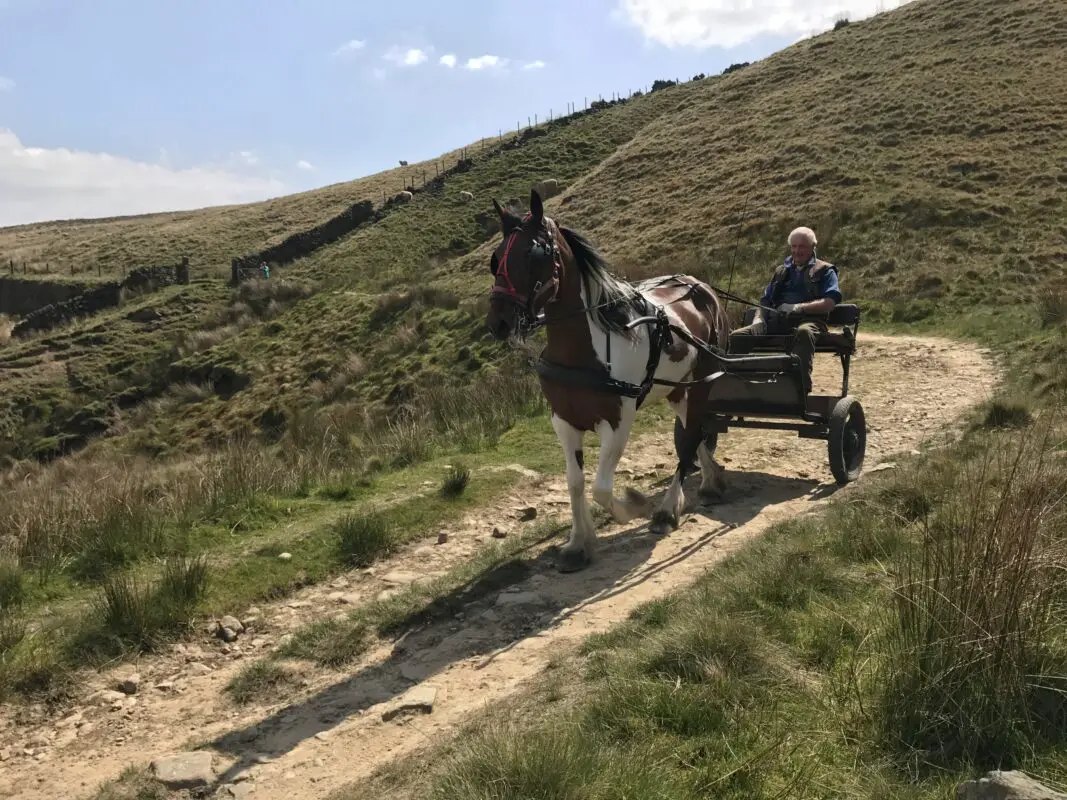
Together Cycling UK and the British Horse Society (BHS) have written a letter before action to Secretary of State for Environment, Food and Rural Affairs (Defra), the Rt Hon Ranil Jawawardena MP, calling on the Government to reconsider proposals that would effectively prevent people cycling or horse riding along the length of England’s next National Trail, the Wainwright Coast to Coast.
This is the first step in potentially seeking a judicial review of the decision. We hope they’ll show more vision and nous than they have to date and realise there is a way to level up (remember when that was a policy?) through encouraging sustainable activities like cycling.
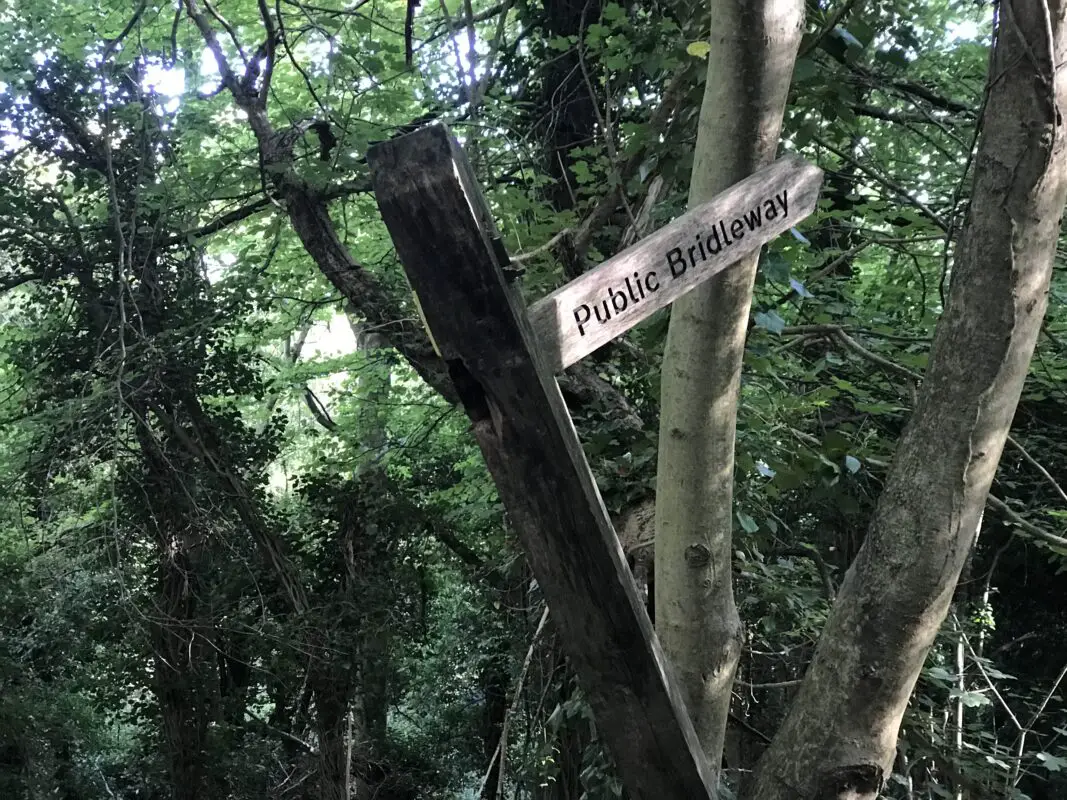
It looks like Natural England just had tunnel vision, failing to consult with any horse riding or cycling organisation, even though both BHS and Cycling UK are statutory consultees on changes to the rights of way network.
They’ve also ignored the suggestions in a separate report prepared by Yorkshire Dales National Park, on realising the wider benefits from designating this route as a national trail – so at least in this part of the country there’s something of a track record of ignoring cycling.
The Wider Benefits report identified how the trail could be a multi-user route, including cyclists and horse riders, and set out proposed detours for cyclists and horse riders from the walked route – effectively, a ‘braided’ route. This works as Cycling UK has shown through our riders’ route for the North Downs Way
The report also suggested the cost would be around half a million pounds – under 10% of the £5.6 million budget for the walking only trail of the Wainwright Coast to Coast. We know where national trails are promoted for cycling as well, around 25% of the users are on bikes, which can bring millions into the local economy each year. It’s madness to not spend half a million to realise those benefits.
There’s money to be made in promoting off-road cycling for local communities. Whether it’s building mountain biking hubs like in Bike Park Wales, Glentress or as far afield as Tasmania which can help stimulate a local economy in one place, or popular long distance trails, where people ride they spend money.
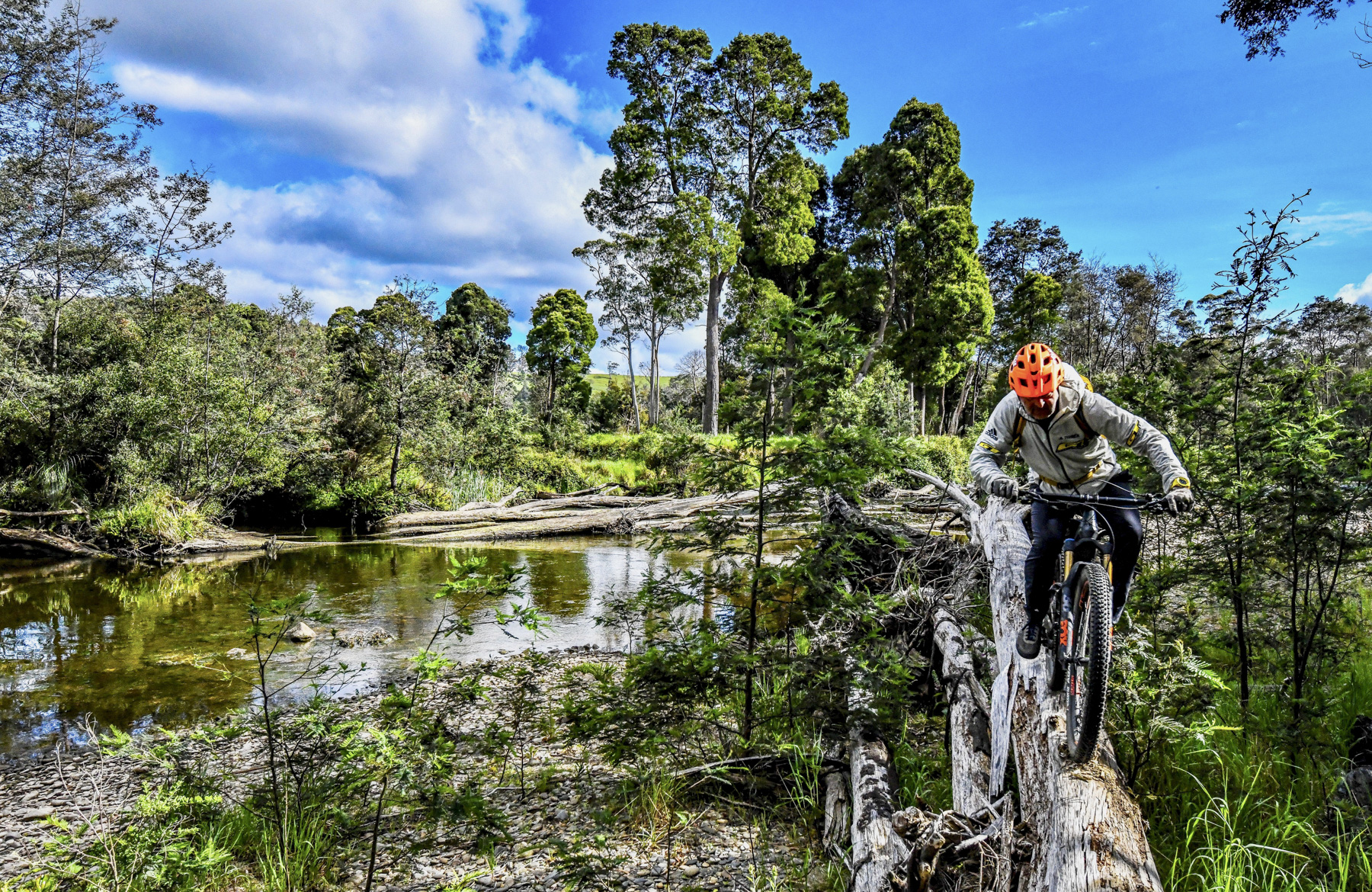

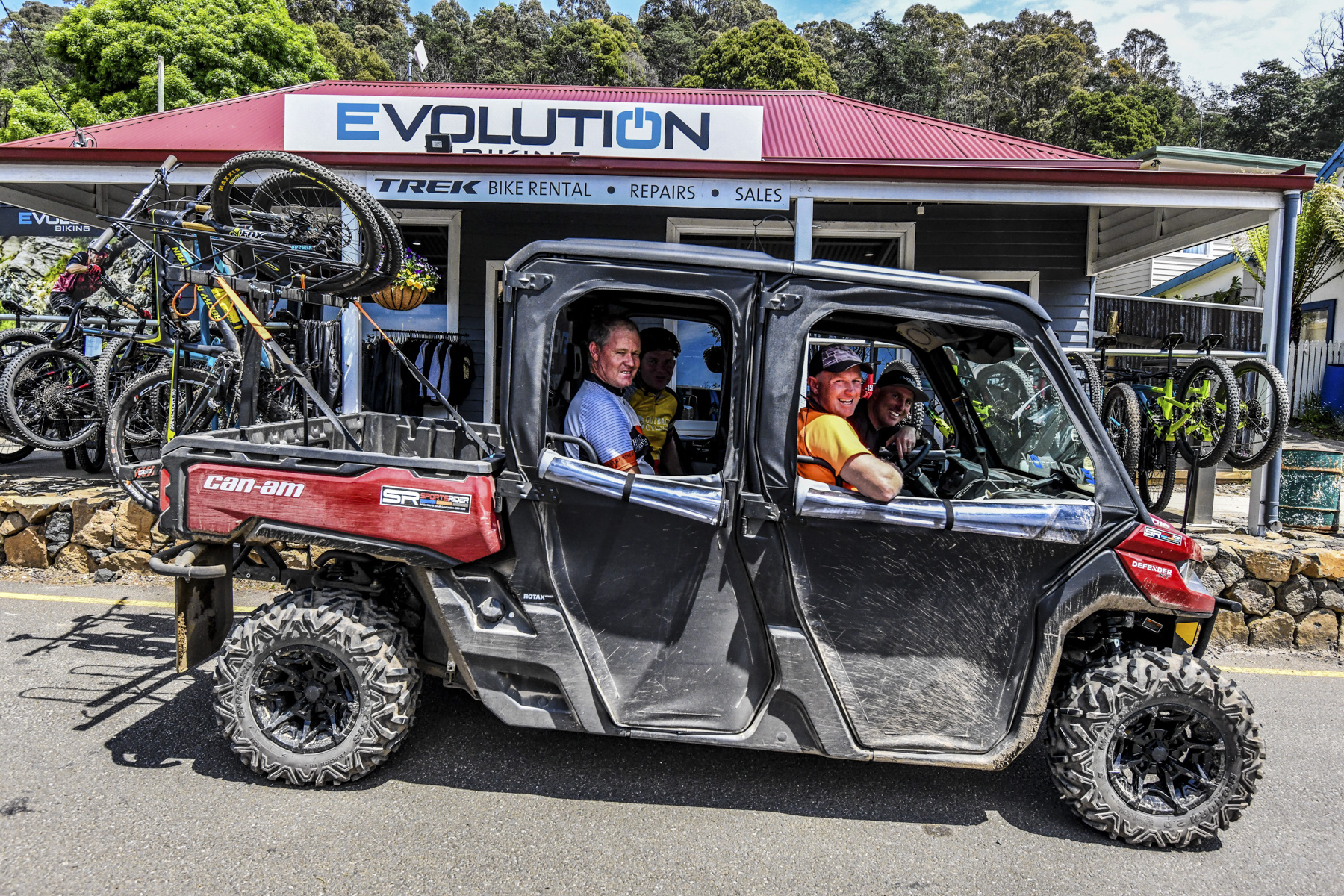
Even on Cycling UK’s own curated trails like King Alfred’s Way we’re seeing people spending on average £85 per day at rural businesses and accommodation – businesses, like Craft Brews UK in Tilford, are doing their utmost to make sure cyclists are welcome.
“We love the camaraderie of the cycling community,” Joe Wood master brewer at Craft Brews said. “Their presence all adds to the vibe and helps bring the brewery alive.”
The average rider takes four days to ride King Alfred’s Way, and counter surveys on the Ridgeway suggest that its creation and promotion have led to around 3000 people a year riding the route. That’s over £1 million a year into the local economy – for a route that’s not even promoted as a national trail, and has largely spread through word of mouth.
Because Natural England forgot about them, cyclists and horse riders will only be able to use around 40% of the new trail, with short sections which don’t connect together, inevitably leading to less use, and less money into the local economy.
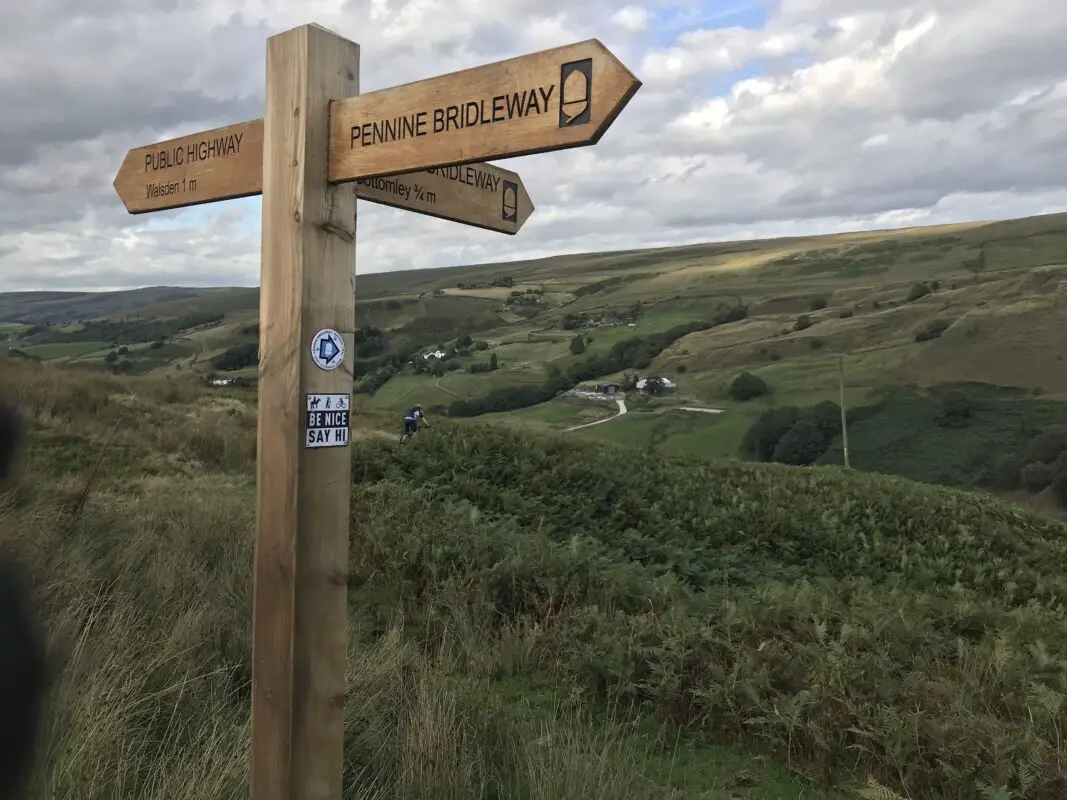
Given that only two of England’s 16 national trails, the Pennine Bridleway and the South Downs Way, are designed to be fully accessible to cyclists and horse riders, DEFRA are wasting an opportunity by restricting this new trail to walkers only. The legislation makes it clear that National Trails are long-distance routes which should be promoted for journeys on foot, or on horseback, or on a bicycle, with no priority given to any particular type of use.
Had Cycling UK and BHS been consulted, we’d have worked with Natural England to explain how, at minimal cost and with a few braided sections, the route could easily have been adapted to create a new multi-user national trail.
Back in October 2019, Cycling UK wrote to Natural England’s Chair, Dr Tony Juniper, urging Natural England to consider improving access to the countryside and to National Trails by a variety of users, including cyclists and horse riders. He replied, assuring us that all users would be involved in future National Trail proposals.
Three days later, in its election manifesto, the Conservative Party pledged to make the Wainwright Coast to Coast route a National Trail. Read into that as you will when you look at the timelines.
But the process for developing a new national trail is supposed to involve Natural England submitting an independent report to government, looking at how the public might journey along the route, not just how people might walk it.
It looks like Natural England just closed their mind to wider possibilities and opportunities, forgot about cyclists and horse riders, and also forgot that their general purpose includes the promotion of access to the countryside and encouraging open-air recreation for everyone, not just for those on foot.

This tunnel vision is likely to have implications for future national trails. Cycling UK is not saying that every new national trail has to be a multi-user trail, but at the very least, Natural England should consult with different user groups.
Both Natural England and DEFRA should actively consider whether, and if not why not, new national trails can be accessible for horse riders and cyclists, and explain why that’s not possible if that’s their view.
That’s what we’re asking in our letter, and hopefully, DEFRA and Natural England will concede that, without us having to ask the court to tell them that’s the case.
Ultimately though, this isn’t about one trail…we have 14 national trails in England which aren’t promoted as multi-user trails, many of which could be easily upgraded, with the inclusion of braided routes, to allow use by cyclists and horse riders.
This case should also focus DEFRA and NE’s minds on the need to at least consider the possibilities to do this and justify any decision to keep trails as walking only trails. Fortunately some national trails like the Ridgeway and the North Downs Way realise the potential, and Cycling UK is working with both to help realise their ambition of trails accessible for all.
National Trails are meant to be leisure routes, so they aren’t a substitute for safe, protected infrastructure for day to day utility trips to work, schools, and shops. But for leisure cycling, giving people more choice will get more people cycling – and more people enjoying our countryside, with all the benefits that brings – we know this from cycling levels on trails where cycling has been promoted – and it brings much needed income to rural economies. When it comes to cycle tourism – the economic and wider benefits are maximised by giving people choices of routes.
Some might ask “What about the risk of conflict?”
This is more perceived than real, and the evidence form existing trials and Natural England’s own surveys doesn’t suggest this is a significant problem.
In any event, if the new national trail is multi-user, it can be another opportunity to promote another great message begun by the responsible mountain bike groups of Ride Sheffield and Peak District MTB, and supported by both BHS and Cycling UK: Be Nice, Say Hi.

Last Tuesday 04 October was the deadline for a response from DEFRA. It’s Wednesday 12 October and all we’ve heard back from them is a request for an extension to 18 October.
Maybe the dog ate their homework, but that’s no excuse for school or today. We gave them fourteen days to reply which is enough time for a multi-million pound department to reply or decide to invite us back to the table to discuss the options.
We’ve not granted that request, partly because were we to do so, we would have just seven days to consider their response and decide whether further legal action is necessary. That’s not a reasonable time to operate.
Cycling UK is only a small charity – a fraction the size of the other national cycling organisations in the UK – and while we’re fortunate with our members and can do a lot with our current resources, we can’t expedite the legal work required like a government department or multi-national can with offices filled with inhouse legal advice.
Until we hear back from DEFRA, it’s just not clear why they’ve not made the Wainwright Coast to Coast multi-user. They haven’t said it’s due to cost, or potential conflict, so it looks like they’ve just not thought about it.
This isn’t about tarmacking the countryside. Neither BHS nor Cycling UK want that. National Trails are predominantly leisure routes, and people accept that off-road leisure routes will sometimes involve a challenge, with variable surfaces.

Where routes are cycled predominantly for utility purposes – so active travel – then routes have to comply with design standards and be suitable for everyday use. But this trail would be a leisure adventure route – which is different.
It’s the same for walking. You want the pavement and route to the supermarket to be well surfaced and maintained, and accessible for all, but you don’t expect that when you put your boots on to walk a national trail. We’re no different.
This is an important battleground for the future of off-road riding in England.
Just as Cycling UK fought for the rights of us all to ride on bridleways and long-distance cross country routes in 1968, worked to see access for cycling included in Scotland’s Land Reform Act and continues to battle for improved access in Wales through our Trails for Wales campaign we’ll look to make sure the off-road cycling community’s voice and needs are not ignored.
In each of these successes, it is because we’ve had your backing for the work we do.
So to every Singletrack reader who has donated, joined or supported – silently or vocally – our work over the years – we really could not have done it without you.
There’s a new challenge on the horizon, and our hope is that we can count on your help again.
Cycling UK is the UK’s cycling charity and has been working on behalf of everyone who wants to cycle – on or off road – since 1878. A membership based charity they offer free insurance, legal advice and discounts (including off your first subscription to Singletrack) from £4 per month. Visit their website to join or donate to their work.



You must be logged in to reply to this topic.